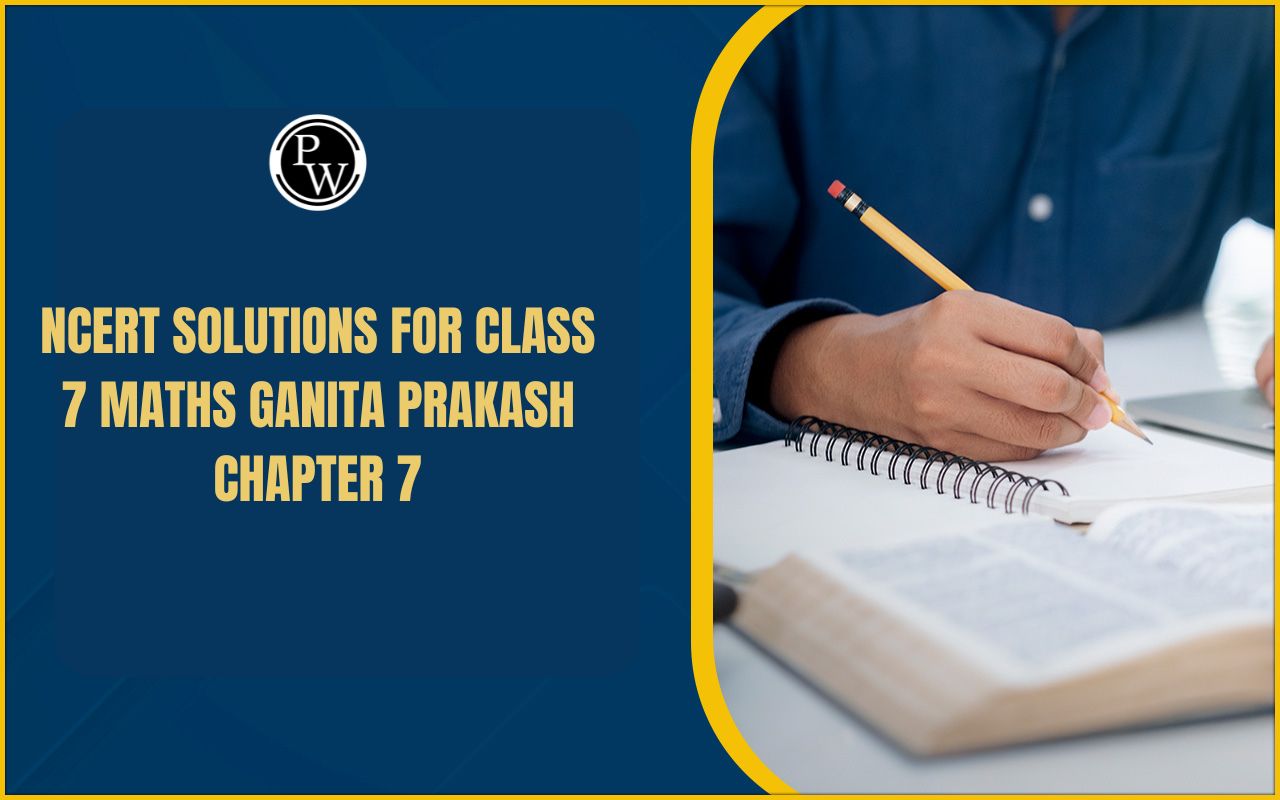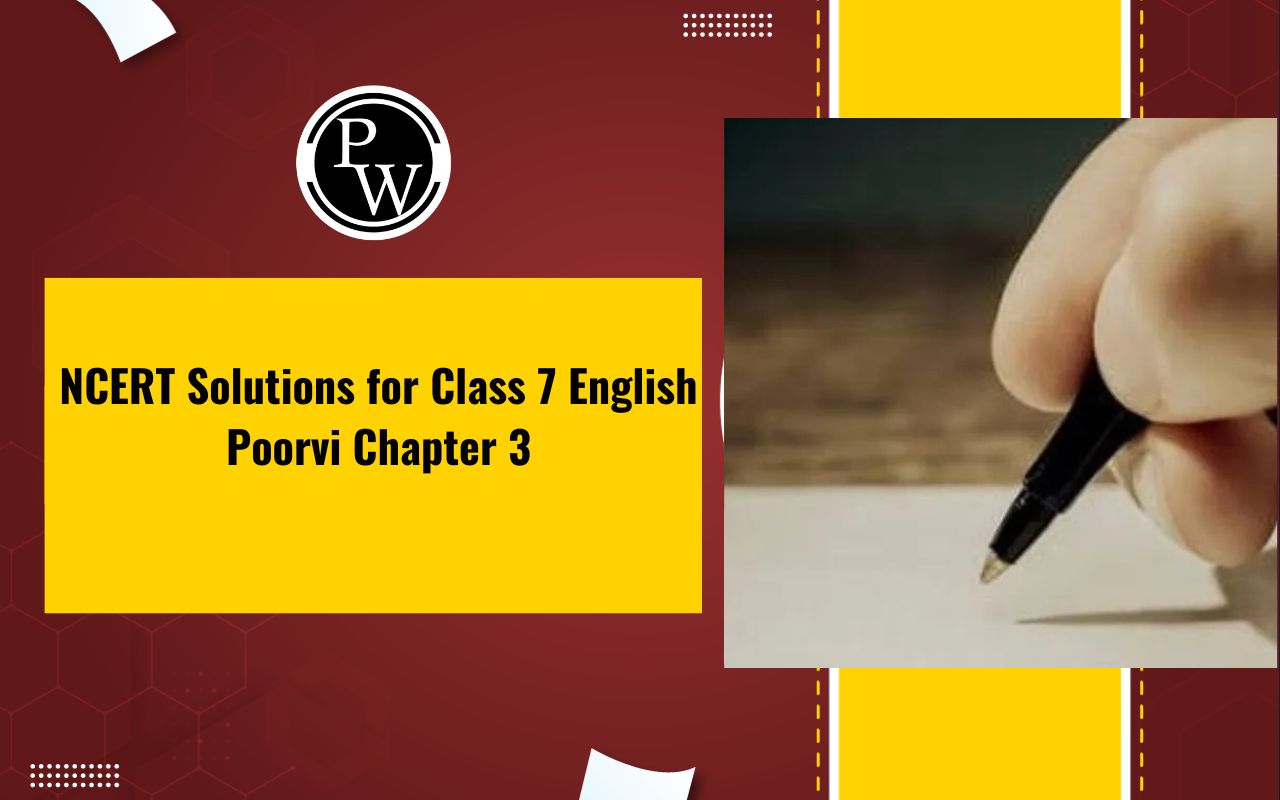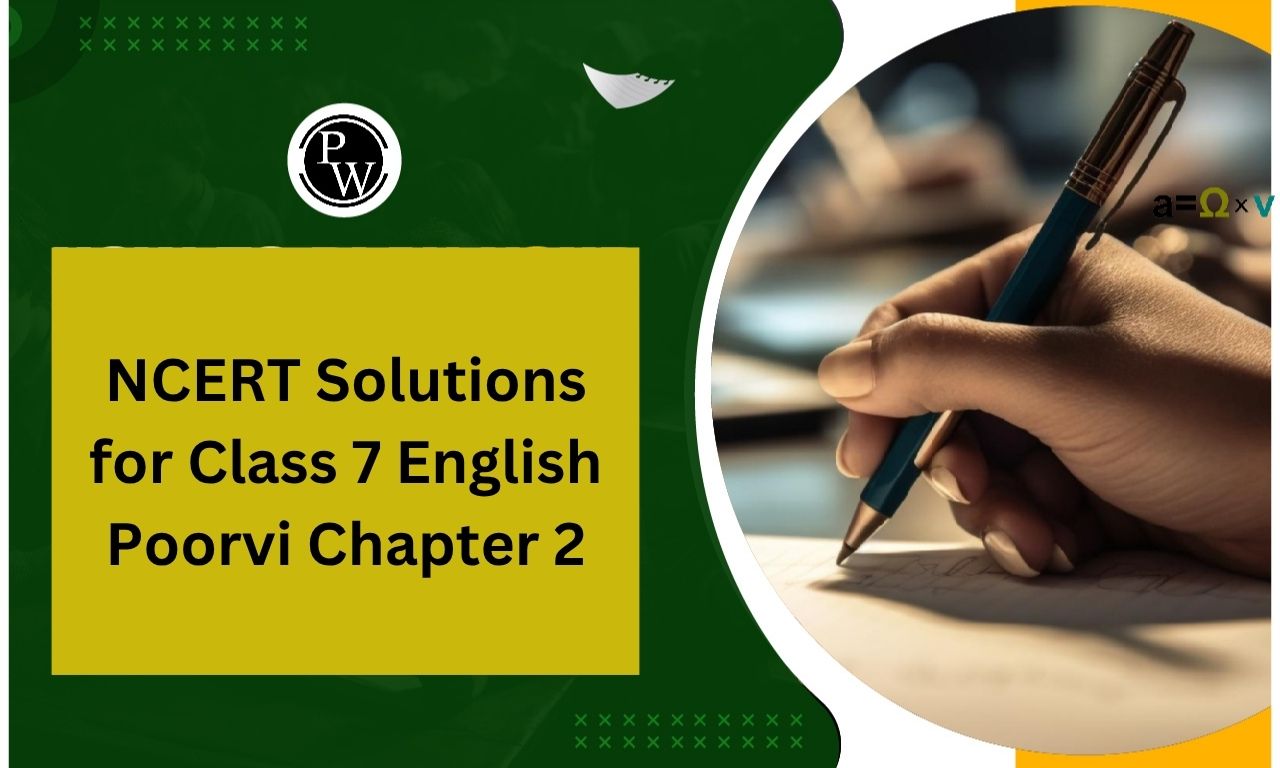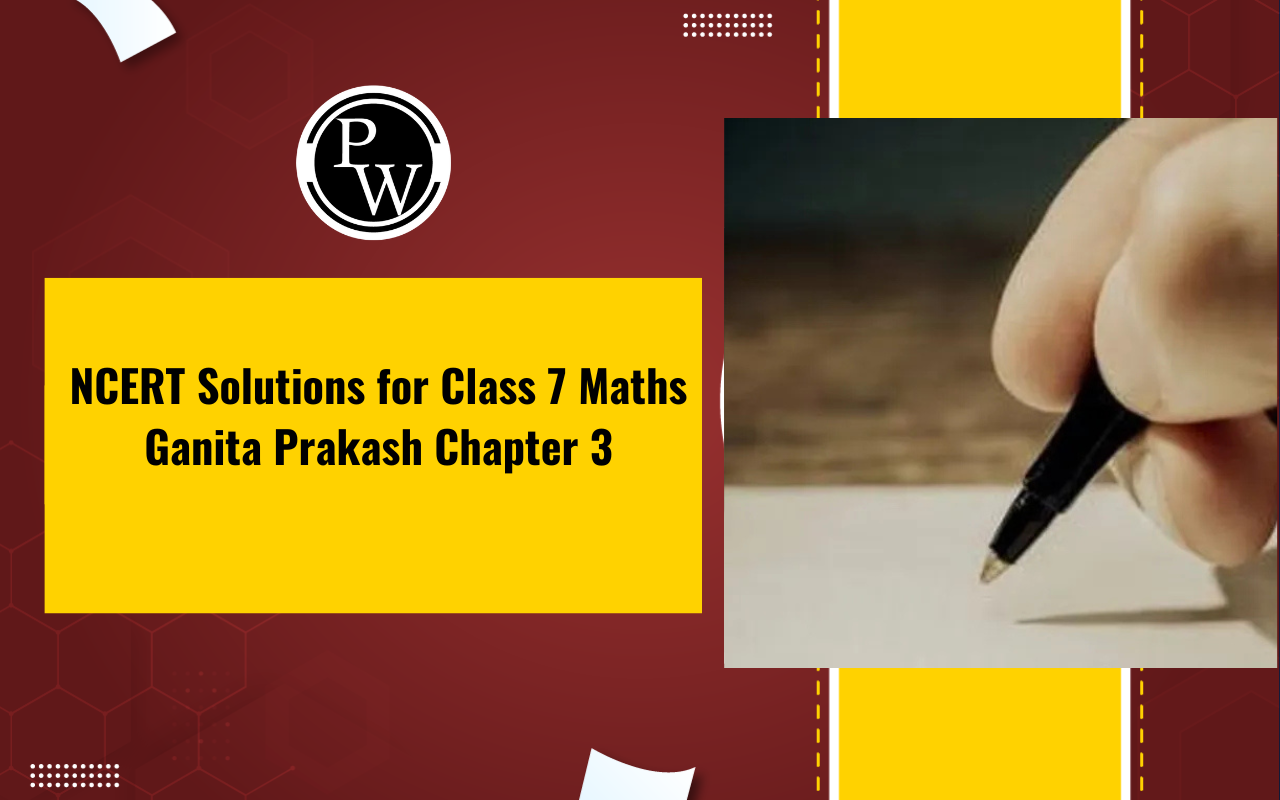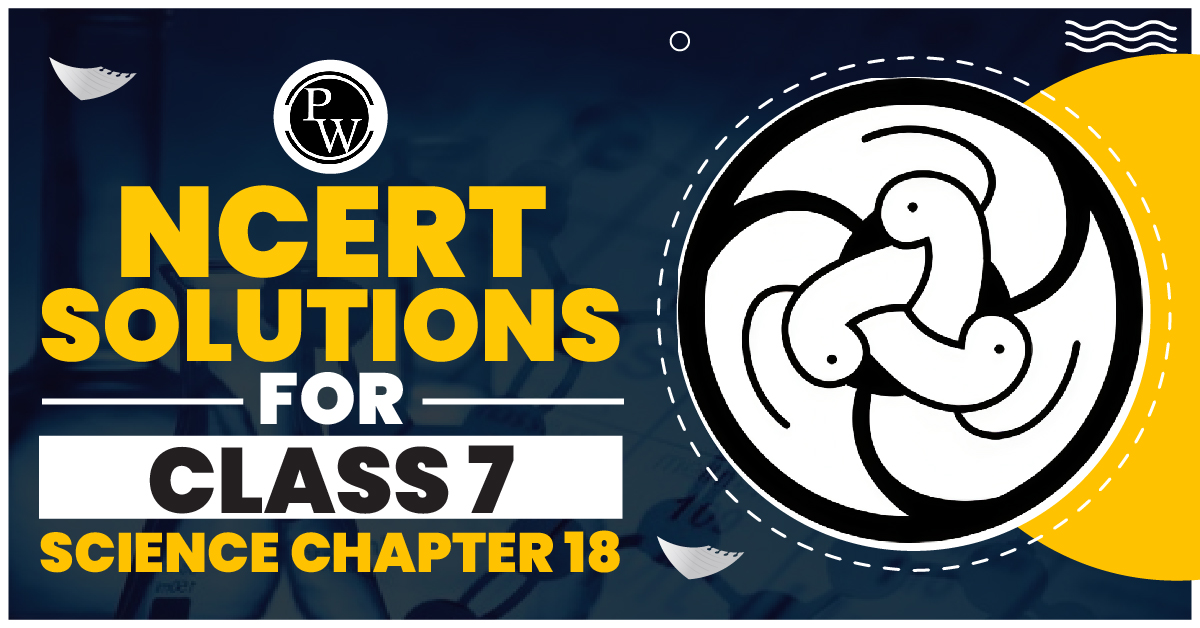
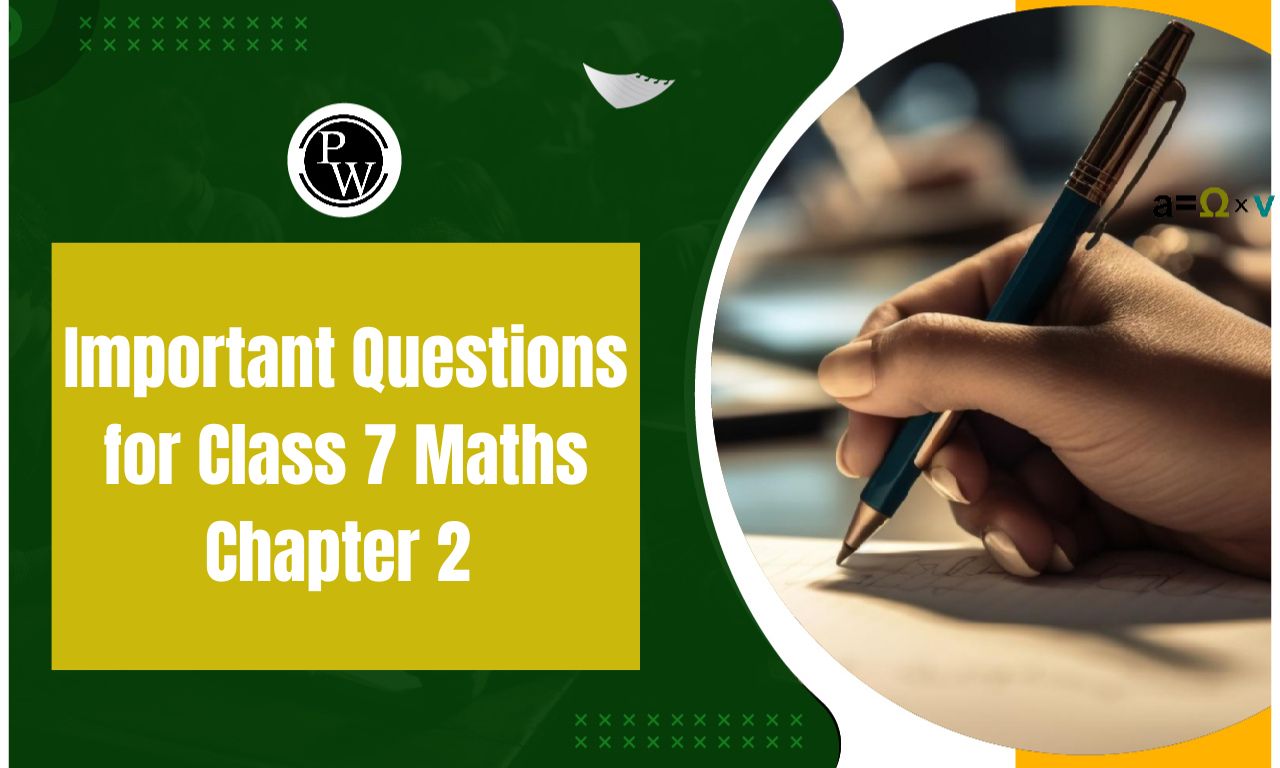
Important Questions for Class 7 Maths Chapter 2: Chapter 2 of Class 7 Mathematics, Fractions and Decimals , focuses on key concepts such as the operations of addition, subtraction, multiplication, and division on fractions and decimals. It emphasizes understanding proper, improper, and mixed fractions and their conversions. The chapter also deals with simplifying fractions, finding the least common multiple (LCM) for operations, and solving word problems involving decimals and fractions.
Important questions often include problems on comparing fractions, performing arithmetic operations, and applying these concepts to real-life scenarios. These questions aim to strengthen computational skills and logical reasoning, preparing students for advanced topics in arithmetic and algebra.Important Questions for Class 7 Maths Chapter 2 Overview
Chapter 2, Fractions and Decimals is crucial for Class 7 students as it builds foundational skills for advanced arithmetic and algebra. It covers addition, subtraction, multiplication, and division of fractions and decimals, along with their real-life applications. Key questions focus on simplifying fractions, solving word problems, and comparing decimals. Mastery of these concepts enhances computational accuracy and logical reasoning, essential for tackling higher-level math. This chapter ensures a strong grasp of number operations, fostering confidence in problem-solving.Important Questions for Class 7 Maths Chapter 2 PDF
Important Questions for Class 7 Maths Chapter 2 is essential for understanding operations with fractions and decimals. It includes concepts like addition, subtraction, and real-life applications. To help students practice, we have provided a PDF below with important questions. Important Questions for Class 7 Maths Chapter 2 are designed to strengthen problem-solving skills and build a solid math foundation.Important Questions for Class 7 Maths Chapter 2 PDF
Important Questions for Class 7 Maths Chapter 2 Fractions and Decimals
Below is the Important Questions for Class 7 Maths Chapter 2 Fractions and Decimals - Question 1. Ritu ate at least 3/5 of an apple, and her brother Shyam ate the rest. How much of the apple did Shyam eat? Who ate the bigger portion, and by how much? Answer 1:- From the above question, it is given that, The part of apple eaten by Ritu is equal to (3/5) And the part of apple eaten by Shyam is = 1 – the part of apple eaten by Ritu is? = 1 – (3/5) The LCM of numbers 1 and 5 is = 5 Now, let us change these given fractions into an equivalent fraction by taking ten as the denominator number. = [(1/1) × (5/5)] – [(3/5) × (1/1)] = (5/5) – (3/5) = (5 – 3)/5 = 2/5 Hence the part of apple eaten by Shyam is (2/5) So, (3/5) is greater than (2/5); hence, Ritu ate the larger apple. Now, the difference between the shares is = (3/5) – (2/5) = (3 – 2)/5 = 1/5 Thus, Ritu’s share is greater than the share of Shyam by (1/5) Question 2. Ram finished colouring a picture on (7/12) hour. On the other hand, Vaibhav finished colouring the same picture in (3/4) hour. Who worked longer colouring the picture? By what fraction was it longer? Answer 2:- From the above question, it is given that, Time taken by Ram to colour the picture is = (7/12) Time taken by Vaibhav to colour the picture is = (3/4) The LCM of numbers 12, 4 = 12 Now, let us change these given fractions into an equivalent fractions by using 12 as the denominator number. (7/12) = (7/12) × (1/1) = 7/12 The same method is applied to, (3/4) = (3/4) × (3/3) = 9/12 As seen, (7/12) is less than (9/12) Hence, (7/12) < (3/4) Thus, Vaibhav worked for a longer time as compared. Now, Vaibhav worked longer time by = (3/4) – (7/12) = (9/12) – (7/12) = (9 – 7)/12 = (2/12) = (1/6) of an hour. Question 3. Vidya and Pratik went on a picnic. Their mother gave them a mineral water bottle that contained 5 litres of water. Vidya consumed around 2/5 of the water, and Pratik consumed the remaining water. (i) How many litres of water did Vidya drink? (ii) And What fraction of the total quantity of water did Pratik drink? Answer 3:- (i) From the above question, it is given that, The amount of water in the water bottle is = 5 litres. The amount of water consumed by Vidya is = 2/5 of 5 litres. = (2/5) × 5 = 2 litres Hence, the total amount of water drank by Vidya is 2 litres. (ii) From the above question, it is given that, Amount of water present in the water bottle = 5 litres Then, The amount of water consumed by Pratik = (1 – water consumed by Vidya) = (1 – (2/5)) = (5-2)/5 = 3/5 Hence the Total Amount of water consumed by Pratik = is 3/5 of 5 litres. = (3/5) × 5 = 3 litres So, the total amount of water consumed by Pratik is 3 litres. Question 4. Which of the following is greater: (i) (2/7) of (3/4) or the fraction (3/5) of (5/8) Answer 4:- We have seen that, = (2/7) × (3/4) and the (3/5) × (5/8) Hence, By the rule of Multiplication of the fraction, The product of fraction is equal to (product of numerator)/ (product of denominator) Then, = (2/7) × (3/4) = (2 × 3)/ (7 × 4) = (1 × 3)/ (7 × 2) = (3/14) … [i] And, = (3/5) × (5/8) = (3 × 5)/ (5 × 8) = (3 × 1)/ (1 × 8) = (3/8) … [ii] Now, convert the [i] and [ii] into like fractions, LCM of 14 and 8 become 56 Now, let us change each of these given fractions into an equivalent fraction that has 56 as its denominator number. [(3/14) × (4/4)] is equal to (12/56) [(3/8) × (7/7)] = (21/56) Clearly, it is seen, (12/56) is less than (21/56) Hence, (3/14) is less than (3/8) (ii) (1/2) of (6/7) or the (2/3) of (3/7) Answer:- We have seen that, = (1/2) × (6/7) and the (2/3) × (3/7) By the rule of Multiplication of the fraction, Product of fraction = (product of numerator) divided by (product of denominator) Then, = (1/2) × (6/7) = (1 × 6)/ (2 × 7) = (1 × 3)/ (1 × 7) = (3/7) … [i] And, = (2/3) × (3/7) = (2 × 3)/ (3 × 7) = (2 × 1)/ (1 × 7) = (2/7) … [ii] By comparing [i] and [ii], Clearly, (3/7) > (2/7) Question 5. Saili plants four saplings successively in a row in her garden. The distance between the two adjacent saplings is ¾ m. Now Find the distance between the first and the last planted sapling. Answer 5:- From the above question, it is given that, The distance between the two adjacent saplings is = ¾ m The number of saplings which are planted by Saili in a row is = 4 Then, the number of the gap in the saplings = ¾ × 4 = 3 Hence The total distance between the first and the last saplings becomes = three × ¾ = (9/4) m = 2 ¼ m Thus, the distance between the first and the last saplings is two ¼ m. Question 6. Lipika always reads a book for one ¾ hour every day. She reads an entire book in 6 days. How many hours in total were required by her to finish the book? Answer 6:- From the above question, it is clearly given that, Lipika reads her book for = one ¾ hours every day, which is equal to 7/4 hours for six days. The number of days she took to finish the entire book = was six days Hence, the Total number of hours required by her to fully complete the book = (7/4) × 6 = (7/2) × 3 = 21/2 = 10 ½ hours Thus, the total number of hours required by her to complete the book is 10 ½ hours. Question 7. A car runs around 16 km using 1 litre of petrol. How much distance will the car cover use two ¾ litres of petrol? Answers 7:- From the above question, it is given that, The total distance travelled by car in 1 litre of petrol is = 16 km. Then, The Total quantity of petrol becomes = two ¾ litre = 11/4 litres The total distance travelled by car in 11/4 litres of petrol is = (11/4) × 16 = 11 × 4 = 44 km Hence, the total distance travelled by car in 11/4 litres of petrol is 44 km. Question 8. Find the reciprocal of each of these following fractions. Also, Classify these reciprocals as proper fractions, improper fractions and whole numbers. (i) 3/7 Answer 8:- Reciprocal of (3/7) is (7/3) [which is ((3/7) × (7/3)) = 1] So, it is an improper fraction. An improper fraction is defined as a fraction in which the numerator is always greater than its denominator. (ii) 5/8 Answer:- Reciprocal of (5/8) is (8/5) [which is ((5/8) × (8/5)) = 1] So, it is also an improper fraction. An improper fraction is defined as a fraction in which the numerator is greater than its denominator. (iii) 9/7 Answer:- Reciprocal of (9/7) is (7/9) [which is ((9/7) × (7/9)) = 1] Hence, it is a proper fraction. A proper fraction is defined as that fraction in which the denominator is greater than the numerator of their fraction. (iv) 6/5 Answer:- Reciprocal of (6/5) is (5/6) [which is ((6/5) × (5/6)) = 1] Hence, it is a proper fraction. A proper fraction is defined as a fraction in which the denominator is greater than the numerator of any fraction. (v) 12/7 Answer:- Reciprocal of (12/7) is (7/12) [which is ((12/7) × (7/12)) = 1] Hence, it is a proper fraction. A proper fraction is defined as a fraction in which the denominator is greater than the numerator of the given fraction. (vi) 1/8 Answer:- Reciprocal of the fraction (1/8) is (8/1) or 8 as [∵ ((1/8) × (8/1)) = 1] Hence, it is a whole number. Whole numbers are the total collection of all positive integers, including the number 0. (vii) 1/11 Answer:- Reciprocal of the fraction (1/11) is (11/1) or 11 which is [∵ ((1/11) × (11/1)) = 1] So, it is a whole number. Whole numbers are the total collection of all positive integers, including 0. Question 9. Find: (i) (7/3) ÷ 2 Answer 9:- We have, = (7/3) × reciprocal of 2 = (7/3) × (1/2) = (7 × 1) / (3 × 2) = 7/6 (ii) (4/9) ÷ 5 Answer:- We have, = (4/9) × reciprocal of 5 = (4/9) × (1/5) = (4 × 1) / (9 × 5) = 4/45 (iii) (6/13) ÷ 7 Answer:- We have, = (6/13) × reciprocal of 7 = (6/13) × (1/7) = (6 × 1) / (13 × 7) = 6/91 Question 10. Which of the following is greater? (i) 0.5 or 0.05 Answer 10:- By comparing the whole number, we get 0 = 0 By comparing the tenths place digit, we get 5 > 0 ∴ 0.5 > 0.05 (ii) 0.7 or 0.5 Answer:- By comparing the whole number, 0 = 0 By comparing the tenths place digit we receive, 7 > 5 ∴ 0.7 > 0.5 (iii) 7 or 0.7 Answer:- By comparing these whole numbers, 7 > 0 ∴ 7 > 0.7 (iv) 1.37 or 1.49 Answers:- By comparing these whole numbers, 1 = 1 By comparing the tenths place digit, we get, 3 < 4 ∴ 1.37 < 1.49 (v) 2.03 or 2.30 Answer:- By comparing the whole number, 2 = 2 By comparing the tenths place digit, we get, 0 < 3 ∴ 2.03 < 2.30 (vi) 0.8 or 0.88 Answer:- By comparing these whole numbers, 0 = 0 By comparing the tenths place digit, we get, 8 = 8 Also, by comparing the hundredths place digit, 0 < 8 ∴ 0.8 < 0.88Benefits of Using Important Questions for Class 7 Maths Chapter 2
Focused Practice: Covers key topics like operations on fractions and decimals, simplifying concepts for better understanding.
Improved Problem-Solving: Enhances computational and logical reasoning skills through diverse question patterns.
Exam Readiness: Prepares students effectively for exams by emphasizing important areas and commonly asked questions.
Real-Life Applications: Strengthens understanding of practical applications of fractions and decimals in daily scenarios.
Confidence Building: Regular practice boosts confidence in tackling complex problems and lays a foundation for advanced math topics.
Important Questions for Class 7 Maths Chapter 2 FAQs
What is the relationship between decimals and fractions?
What are the basics of fractions and decimals?
What is the rule for fractions to decimals?
Why is it called decimal fractions?




